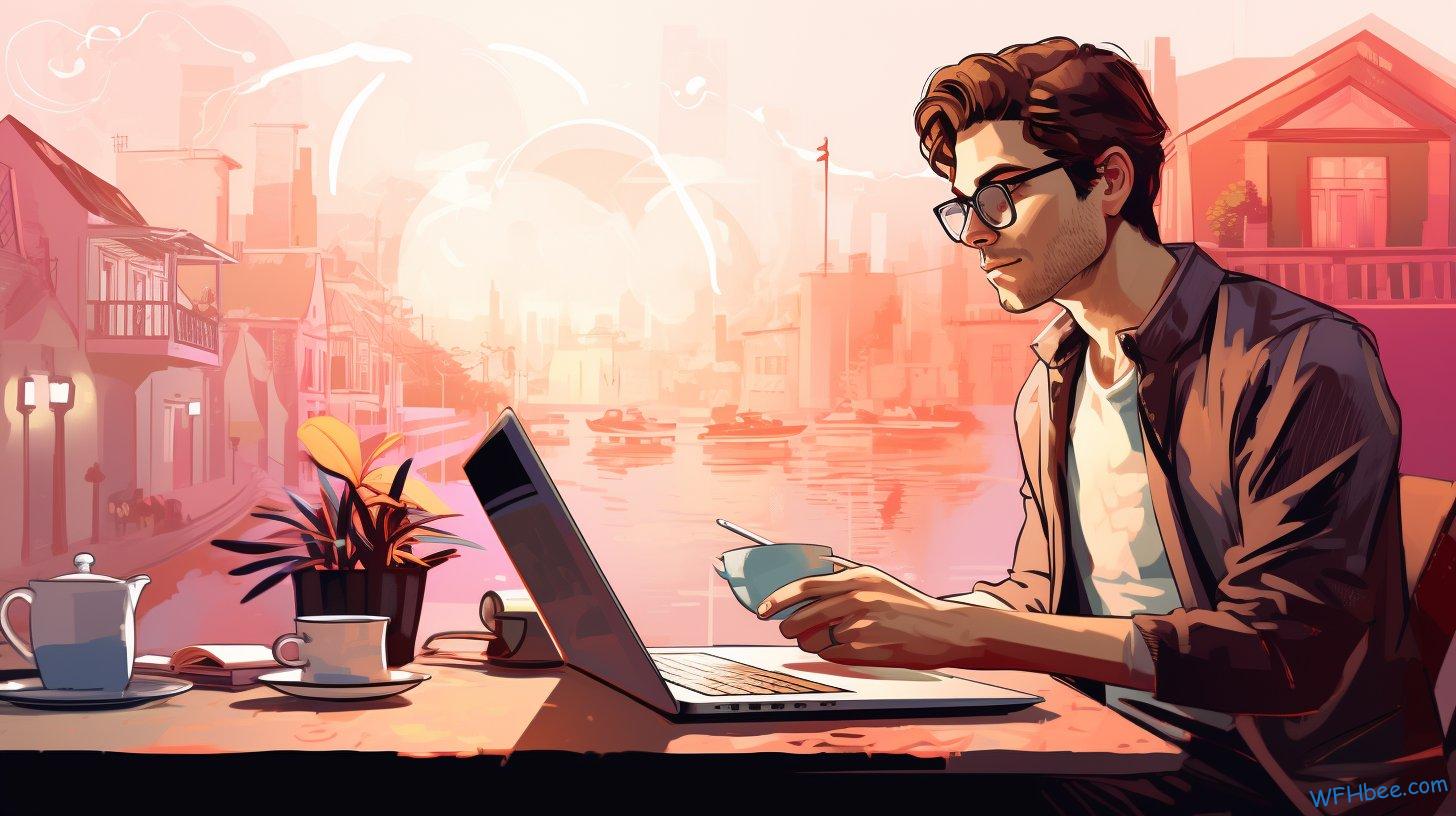Are you tired of being tied down to a traditional office space? Imagine breaking free from the constraints of a cubicle and embracing the freedom to design from anywhere.
With remote work for interior designers, you can create stunning spaces while sipping coffee at your favorite café or lounging on a tropical beach. Say goodbye to rush hour traffic and hello to flexibility and autonomy.
In this article, we will explore the benefits, tools, and tips that will help you thrive in the world of remote interior design.
Key Takeaways
- Remote interior design offers flexibility and freedom to design whenever and wherever inspiration strikes.
- Virtual design software and online consultations allow for increased creativity and innovation without limitations.
- Remote work expands the client base beyond geographical boundaries, thanks to digital platforms and communication tools.
- Creating a productive remote design space involves decluttering, setting up a dedicated workspace, and minimizing distractions for optimal productivity.

Table of Contents
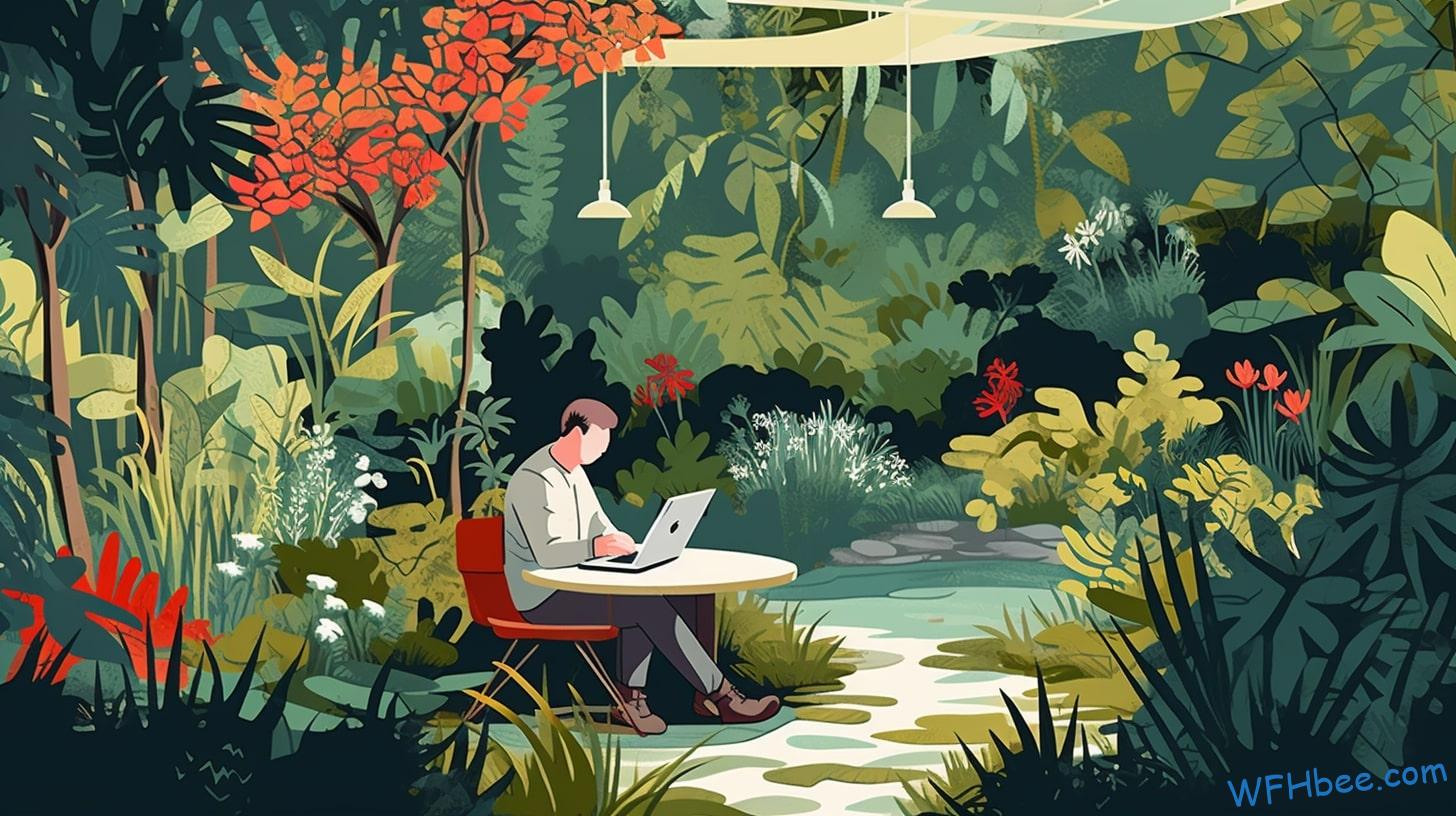
The Benefits of Designing Remotely
You’ll love the flexibility and convenience of designing remotely. As an interior designer, embracing remote work opens up a world of possibilities for increasing creativity and expanding your client base. By breaking free from the confines of a traditional office space, you have the freedom to design whenever and wherever inspiration strikes.
Designing remotely allows you to tap into your creative potential in ways that may not be possible in a traditional setting. Without the distractions or limitations of a physical office, you can fully immerse yourself in your designs. Whether it’s sketching ideas at a cozy café or conceptualizing layouts while enjoying nature’s beauty, the freedom to choose your work environment stimulates fresh thinking and encourages innovation.
Not only does designing remotely fuel your creativity, but it also enables you to expand your client base beyond geographical boundaries. With access to digital platforms and communication tools, you can easily connect with clients from all over the world. This means more opportunities to showcase your unique style and expertise to a diverse range of clientele who appreciate the freedom of remote collaboration.
In addition to these benefits, designing remotely offers convenience like no other. You have the ability to create flexible schedules that suit both your personal and professional needs. No longer confined by rigid office hours, you can achieve a healthy work-life balance while still delivering exceptional designs that exceed client expectations.
Embracing remote work as an interior designer is not just about embracing technology; it’s about embracing freedom – freedom to think creatively, explore new horizons, and connect with clients worldwide. So why wait? Start enjoying the benefits of designing remotely today and unlock limitless possibilities for success in this ever-evolving industry.

Essential Tools for Remote Interior Design
To effectively collaborate with clients from a distance, it’s important to have the essential tools for remote interior design. Whether you’re an experienced designer or just starting out, these tools will help you create stunning designs and provide excellent service to your clients.
Here are three must-have tools for remote interior design:
- Virtual Design Software: This powerful software allows you to create virtual 3D models of your designs, giving clients a realistic view of how their space will look. With features like drag-and-drop furniture placement and customizable materials, virtual design software makes it easy to experiment with different layouts and styles. Plus, you can easily share your designs with clients through email or online platforms.
- Online Design Consultations: Communication is key when working remotely, and online design consultations allow you to connect with clients in real-time. Through video calls or chat messages, you can discuss project details, answer questions, and provide guidance without the need for face-to-face meetings. Online consultations offer flexibility and convenience for both you and your clients.
- Cloud Storage: Storing files securely and accessing them from anywhere is crucial for remote interior designers. Cloud storage services like Google Drive or Dropbox allow you to store project documents, mood boards, and other important files in one centralized location that can be accessed by both you and your clients whenever needed.
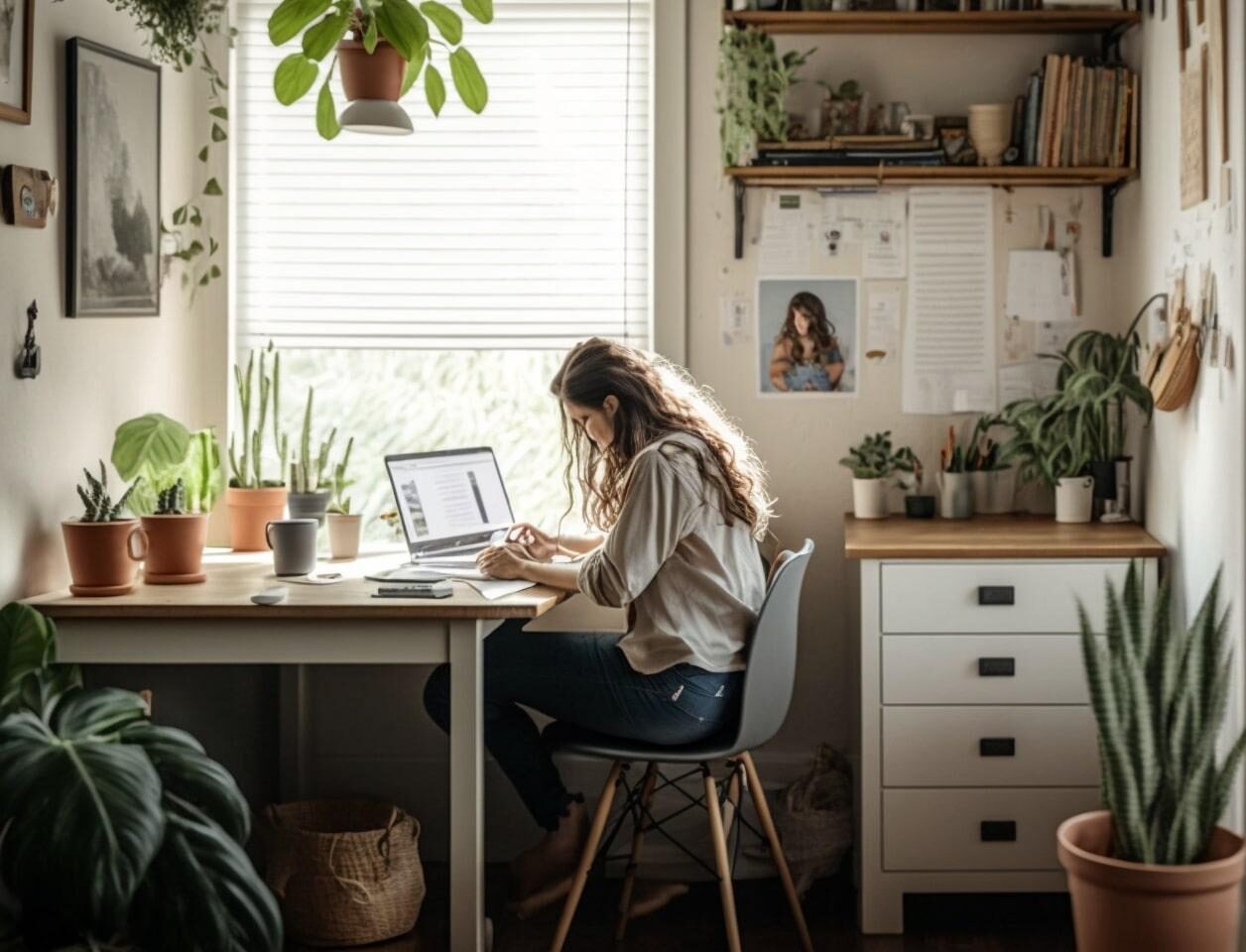
Tips for Collaborating With Clients Remotely
When collaborating with clients from a distance, it’s important to establish clear communication channels and set expectations for project timelines and deliverables. As an interior designer who values freedom and flexibility, you want to ensure that your virtual collaboration with clients is smooth and efficient. To achieve this, you need effective communication strategies and the ability to conduct virtual design presentations.
One of the most important aspects of remote collaboration is establishing clear and open lines of communication with your clients. This can be done through video calls, email, or project management tools like Trello or Asana. By utilizing these tools, you can easily share ideas, receive feedback, and keep everyone on the same page throughout the design process.
Another key aspect of successful remote collaboration is setting realistic expectations for project timelines and deliverables. Clearly communicate your workflow process to clients so they understand how long each phase will take and when they can expect updates or completed designs. This will help manage their expectations and avoid any misunderstandings later on.
Virtual design presentations are another essential tool for collaborating remotely. Utilize software such as Zoom or Google Meet to create engaging presentations where you can showcase your designs in real-time. Use screen sharing capabilities to walk through each element of the design concept, allowing clients to provide immediate feedback.
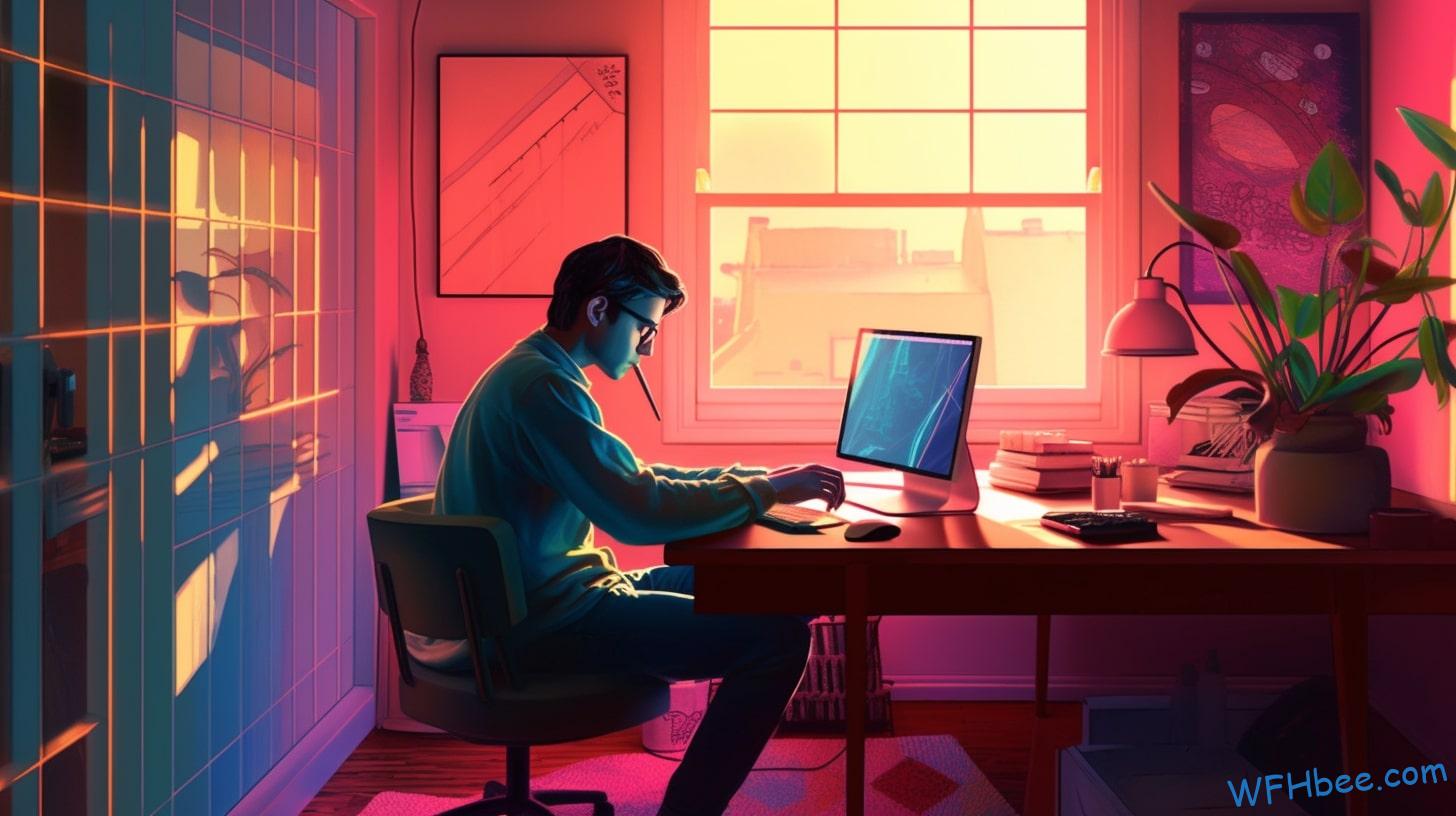
How to Create a Productive Remote Design Space
To create a productive remote design space, make sure your work area is well-organized and free from distractions. Here are three key tips to help you optimize your designing environment and enhance your remote work productivity:
- Declutter and Organize: Start by decluttering your workspace and keeping only the essentials within arm’s reach. Remove any unnecessary items that can distract or overwhelm you. Invest in storage solutions like shelves, drawers, or organizers to keep everything neatly sorted and easily accessible.
- Create a Dedicated Design Zone: Set up a designated area solely for your design work. This will help create a mental separation between your personal life and professional tasks. Choose an area with good lighting, preferably near a window for natural light, as it can positively impact your creativity and focus.
- Minimize Distractions: Identify potential distractions in your remote working environment and find ways to minimize or eliminate them. It could be noisy neighbors, household chores, or social media notifications. Consider using noise-canceling headphones, setting boundaries with family members or roommates, or utilizing productivity apps that block distracting websites.
By implementing these strategies, you’ll ensure that your remote design space is conducive to creativity and productivity. Remember that having control over your environment is essential for those who value freedom in their work style. So take the time to create an organized space where you can immerse yourself fully in the design process without any interruptions.
Designing Environment | Remote Work Productivity

Overcoming Challenges in Remote Interior Design
Overcoming challenges in remote interior design can be achieved by establishing clear communication channels and utilizing virtual tools for collaboration. As someone who desires freedom, you understand the importance of being able to work on your design projects from anywhere, without being tied down to a physical location.
When it comes to remote design projects, one of the biggest challenges is ensuring effective communication with clients and team members. To overcome this hurdle, you can make use of various virtual tools that allow for seamless collaboration. Platforms like Zoom or Skype enable you to conduct virtual design consultations, where you can discuss ideas, present concepts, and gather feedback in real-time. These video conferencing tools also provide an opportunity for face-to-face interaction, creating a more personal connection despite the distance.
Another challenge in remote interior design is not being physically present at the project site. However, technology has made it easier than ever to overcome this obstacle. With virtual reality (VR) and augmented reality (AR) applications, you can create 3D visualizations of your designs and virtually walk through them with clients. This allows them to get a realistic sense of how the space will look before any construction begins.
By embracing these virtual tools and establishing clear lines of communication with your clients and team members, you can successfully navigate the challenges that come with remote interior design projects. The freedom afforded by working remotely is enhanced when you are able to effectively collaborate and communicate with others using these modern technologies.
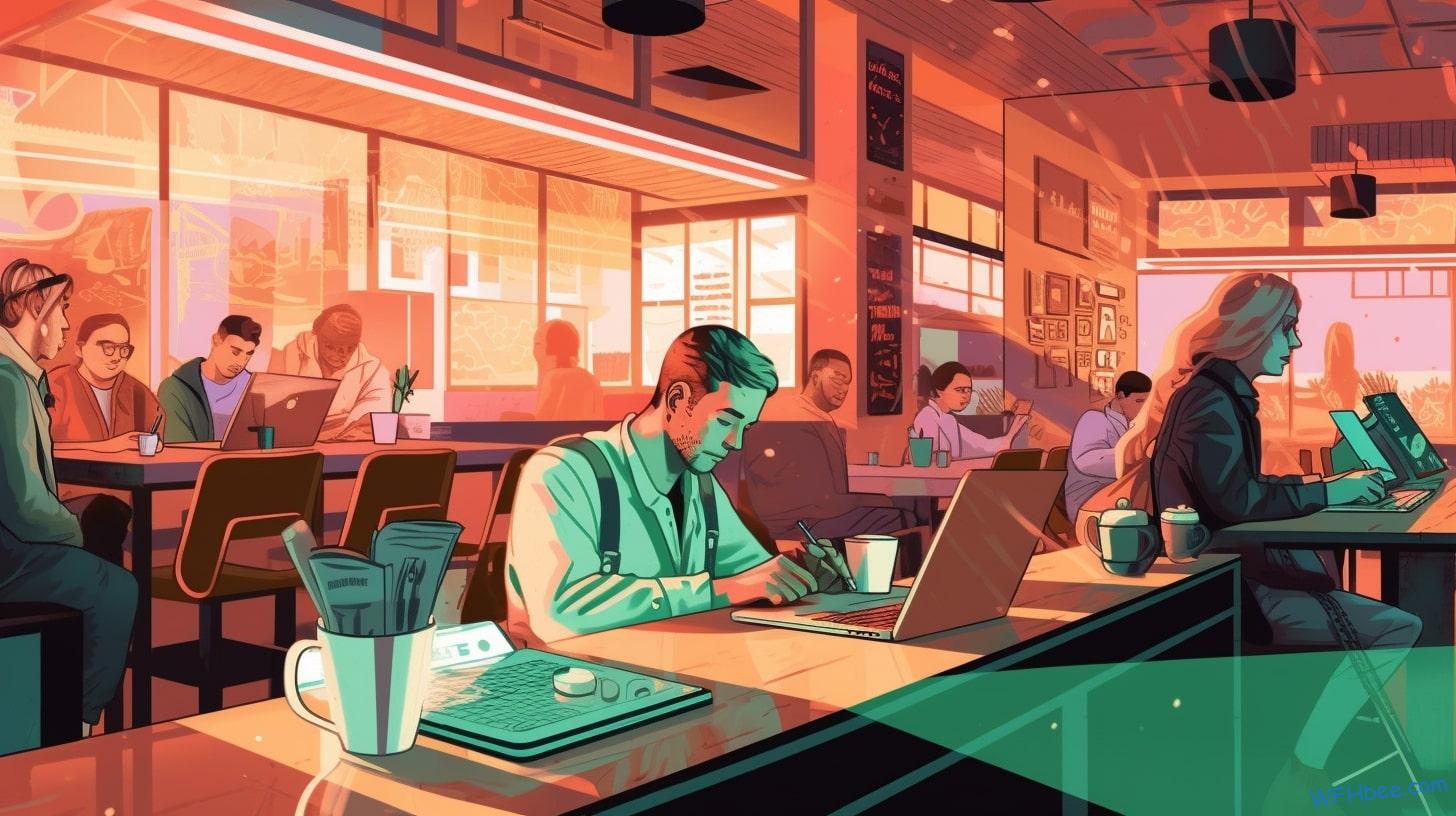
Building a Successful Remote Interior Design Business
As a freelancer in the interior design industry, you have the opportunity to build a successful remote business by leveraging virtual tools and establishing strong client relationships. In today’s digital age, it is easier than ever to showcase your skills and reach a global audience from the comfort of your own home.
Here are three strategies that can help you market your services effectively and establish competitive pricing structures:
- Embrace digital marketing: Utilize social media platforms like Instagram and Pinterest to showcase your portfolio and engage with potential clients. Create visually stunning content that reflects your unique style and expertise. Additionally, consider starting a blog or writing guest posts on popular design websites to position yourself as an industry expert.
- Offer tiered pricing options: Provide different packages or levels of service based on client budgets and project requirements. This allows you to cater to a wider range of clients while still maintaining profitability. Clearly communicate what each package includes so clients can make an informed decision.
- Provide exceptional customer service: Building strong client relationships is crucial for success in any business, but especially in remote interior design where trust is essential. Respond promptly to inquiries, provide regular updates throughout the design process, and go above and beyond to exceed client expectations.

Frequently Asked Questions
How Can I Stay Motivated and Focused While Working Remotely as an Interior Designer?
To stay motivated and maintain focus while working remotely as an interior designer, remind yourself of the freedom and flexibility that comes with remote work. Set goals, establish a routine, and create a dedicated workspace to enhance productivity.
What Are Some Effective Ways to Communicate With Clients Remotely?
To communicate with clients remotely, use virtual design consultations. Overcome the objection of not being able to visualize ideas by using tools like video calls and screen sharing to provide visual representations in real-time.
How Do I Manage My Time Effectively When Working Remotely as an Interior Designer?
To manage your time effectively when working remotely as an interior designer, prioritize tasks, set specific work hours, and establish a dedicated workspace. Use productivity tips like taking breaks and avoiding distractions to stay focused and achieve freedom in your schedule.
Are There Any Specific Software or Technology Tools That Are Essential for Remote Interior Design Work?
To design remotely as an interior designer, essential software and tech tools include virtual reality tools for immersive experiences and cloud-based project management to collaborate efficiently. These tools empower your freedom to create from anywhere.
What Are Some Strategies for Networking and Building a Client Base as a Remote Interior Designer?
To build a client base as a remote interior designer, focus on remote networking. Utilize social media platforms, join online design communities, and participate in virtual industry events to connect with potential clients and showcase your work.
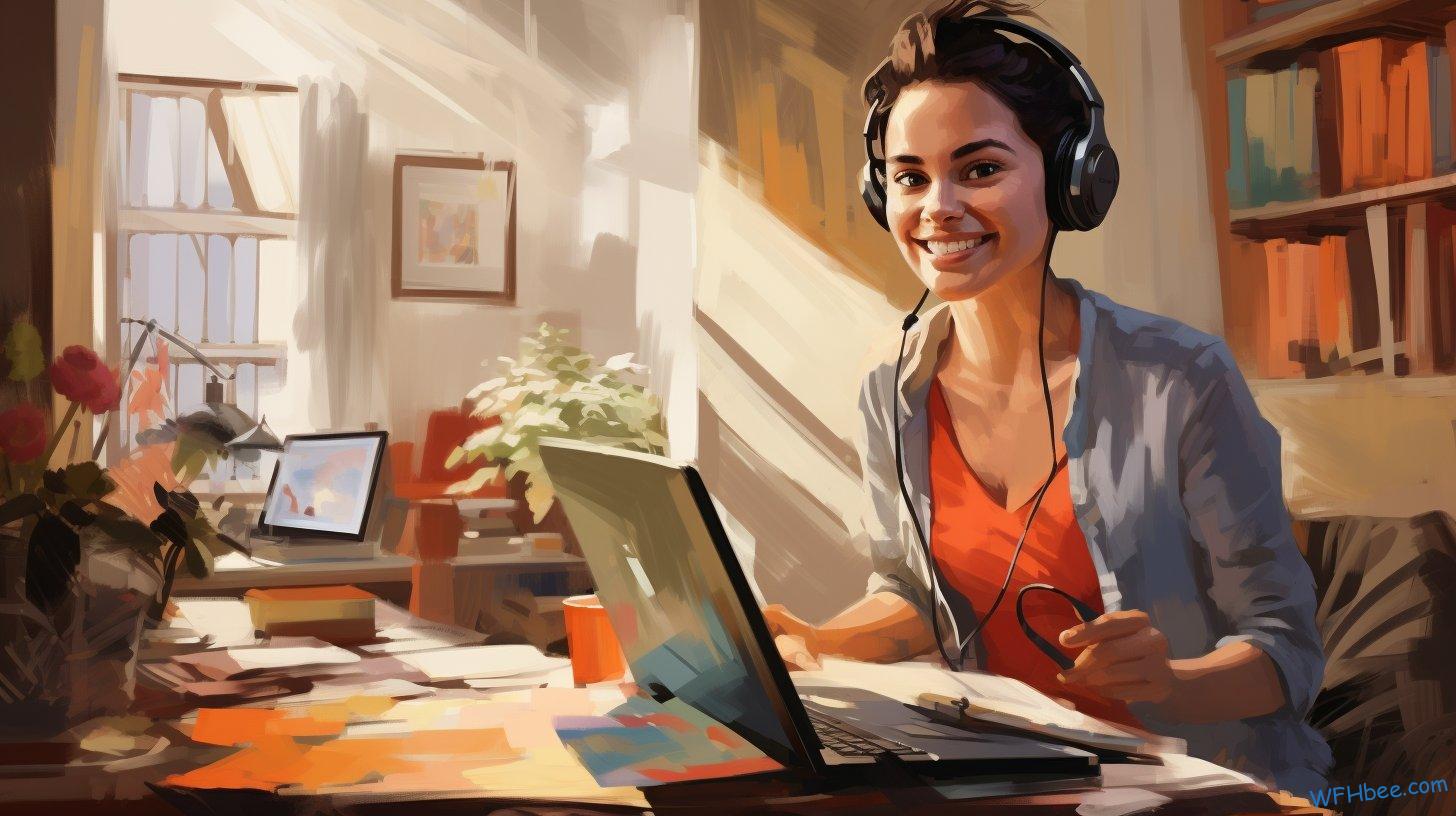
Conclusion
In conclusion, you’ve discovered the endless possibilities of remote interior design. By embracing this modern approach, you can unlock a world of benefits.
With essential tools at your fingertips and effective collaboration with clients, you’ll create stunning designs from the comfort of your own remote workspace.
Overcoming challenges will only make you stronger, as you build a successful business in the realm of remote interior design.
So go forth and let your creativity soar, as you design remotely and bring beauty to spaces near and far.






